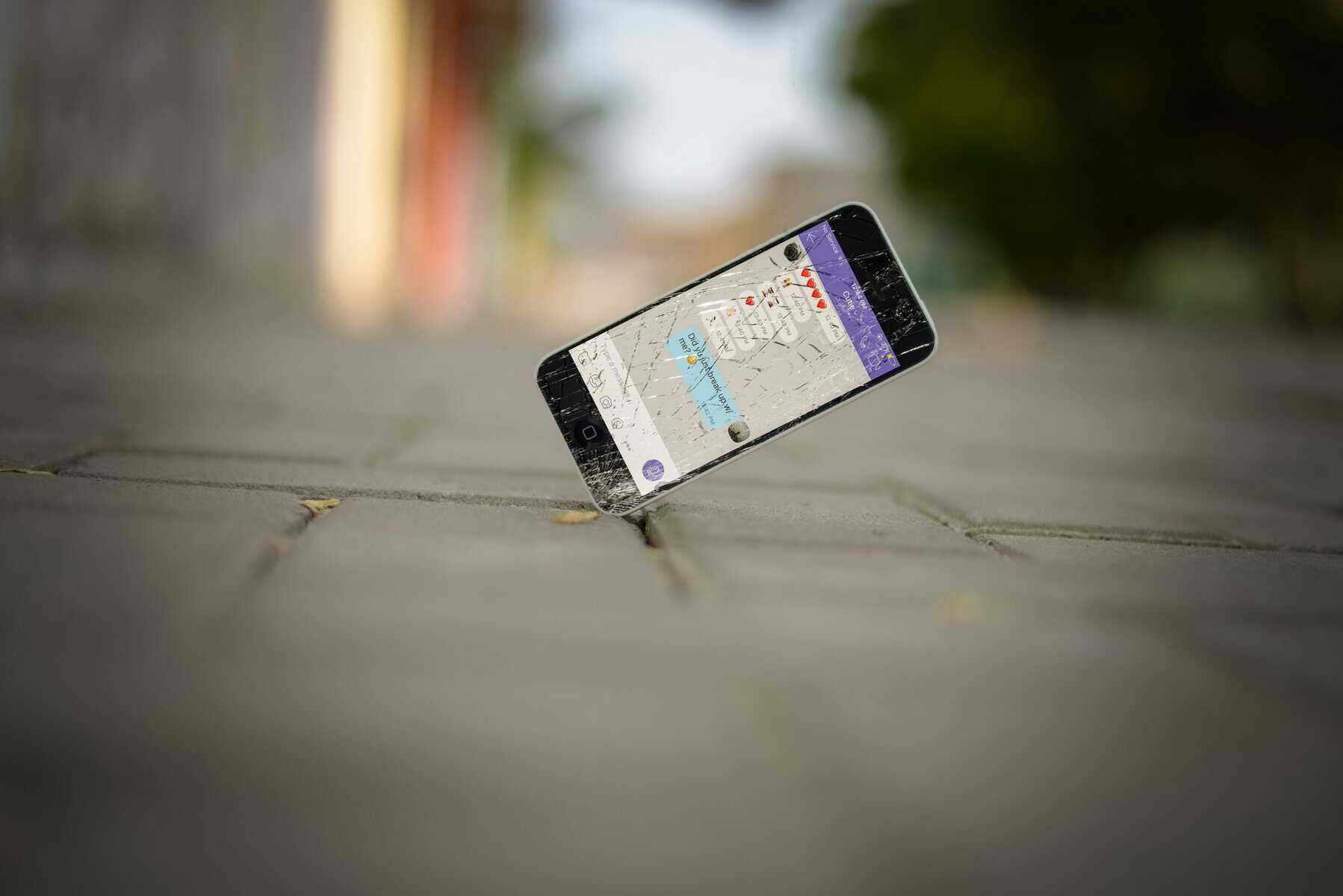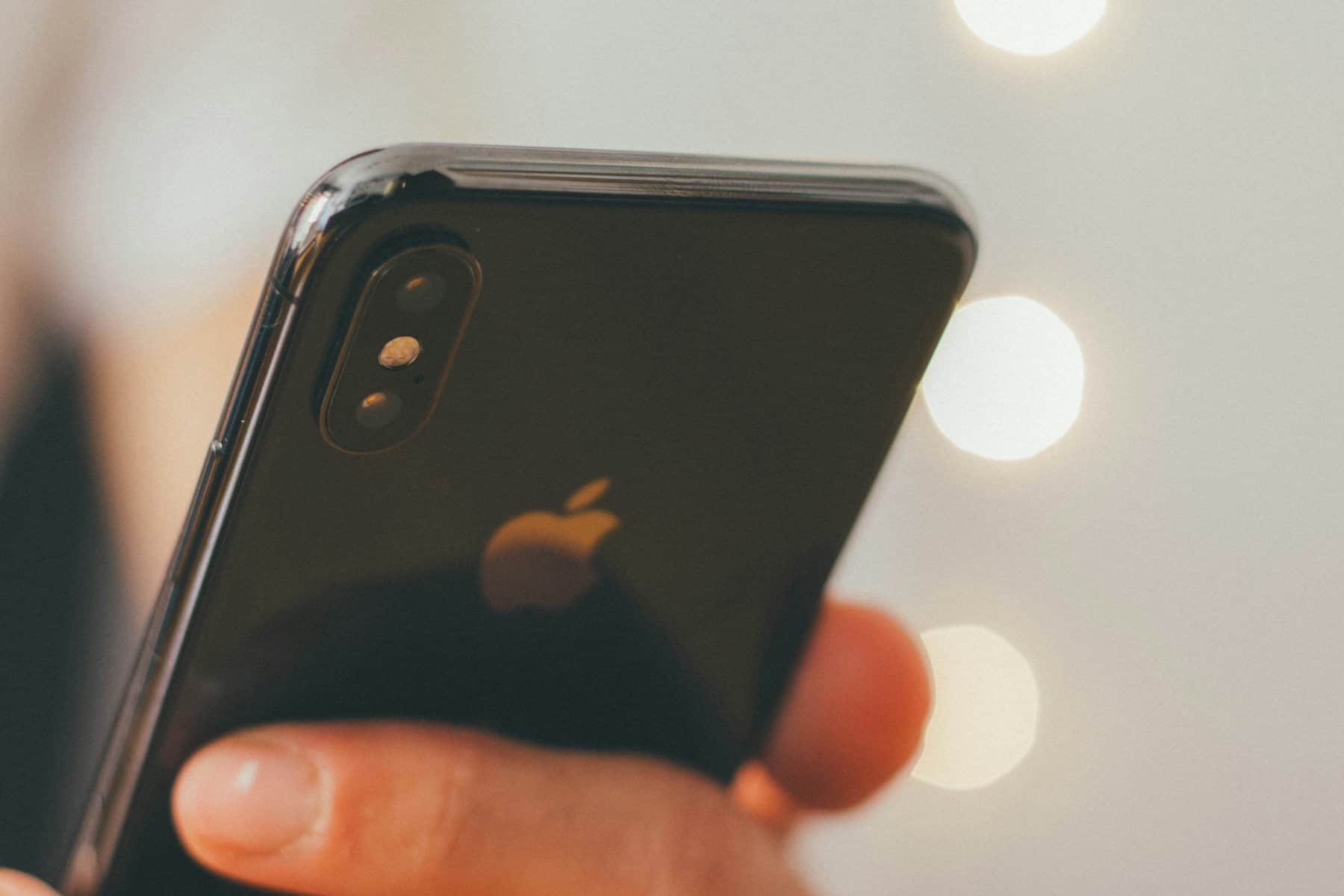In an age where our smartphones are lifelines to the world, encountering a bright spot on your screen can feel like finding a rogue star in the night sky—intriguing yet frustrating. This unexpected anomaly can disrupt your viewing experience, mar your favorite photos, and even distort critical texts. Whether it's a small dot that seems to pulse with its own personality or a larger patch that drowns out crucial details, these bright spots often leave us scratching our heads and reaching for solutions.
But fear not! Troubleshooting this common issue doesn't require a degree in electronics or the budget for a new device. With just a few simple steps and some patience, you can confidently address this glitch and restore clarity to your screen. Join us as we delve into effective methods of diagnosing and fixing that pesky bright spot, ensuring your smartphone remains as brilliant as ever—without any unwanted interruptions!
What Causes Bright Spots on Screens?
Bright spots on screens can be surprisingly complex, stemming from both hardware and software issues. One potential culprit is a malfunctioning pixel—often referred to as a “stuck pixel”—that fails to switch off when it should. This mismatch can create visible bright areas, particularly against darker backgrounds where the contrast is most noticeable. Interestingly, certain colors or images may exacerbate this effect, revealing how our screens interpret visual data.
Another factor could be pressure damage caused by improper handling or cases that exert excess force on specific screen areas. Even slight pressure points can lead to luminance imbalances that manifest as persistent bright spots. Reflecting on the manufacturing process itself also provides insight; imperfections in your device's layers during production could contribute to inconsistencies in backlighting and ultimately present themselves as ghastly bright patches right before your eyes. Understanding these underlying causes not only helps in troubleshooting but also equips users with knowledge for better care of their devices moving forward.
 Identify the Type of Bright Spot
Identify the Type of Bright Spot
To effectively troubleshoot a bright spot on your phone screen, it's crucial to identify its type, as each variant typically points to unique underlying issues. Bright spots can be linked to hardware problems or software glitches, shining light on whether it’s time for a repair or just a simple fix. One common type is an individual pixel anomaly, where one or more pixels fail to display the correct color due to manufacturing defects—these can often manifest as tiny dots that remain white regardless of the surrounding content. Another iteration might involve larger regions displaying uneven brightness; this tends to indicate issues with the backlight or even possible pressure damage.
Understanding the nature of these bright spots can save you not only time but also money. For instance, a localized issue could mean that only a panel replacement is necessary, while widespread brightness anomalies might hint at deeper systemic failures within the display assembly itself. Regardless of what you discover during your diagnosis process, consult with guides specific to your device model. Doing so will equip you with targeted strategies and insights tailored specifically for your situation—whether it's adjusting settings through software calibration options or exploring DIY fixes before deciding whether professional repairs are warranted.
Check for Software Issues First
When confronted with a bright spot on your phone screen, the instinct might be to jump straight into hardware diagnostics. However, it's essential to rule out any software issues before delving deeper. Start by rebooting your device; this simple step can often resolve temporary glitches that may manifest as unexpected brightness or color inconsistencies. Additionally, ensure your operating system is up to date—software updates frequently include bug fixes that could eliminate display-related woes.
Exploring third-party applications is another important aspect of troubleshooting. Some apps can inadvertently cause display distortions due to compatibility issues or poor coding. Booting your phone in safe mode can help you determine if an app is at fault by disabling all non-essential functions and evaluating the screen's performance under these stripped-down conditions. By taking a methodical approach and prioritizing software checks first, you not only save time but also preserve the integrity of your device until you're confident that hardware damage isn't the culprit behind that pesky bright spot.
 Restart Your Device to Reset Display
Restart Your Device to Reset Display
Restarting your device may seem like a simple solution, but it often works wonders for resolving display anomalies, including those pesky bright spots. When you restart your phone, it allows the operating system to refresh its processes and clear temporary glitches that could be interfering with the screen’s performance. This seemingly mundane action can reallocate system resources and eliminate background tasks that are competing for attention, effectively giving your device a clean slate.
Moreover, when dealing with persistent display issues, take a moment to consider what might be happening behind the scenes. Occasionally, software bugs or minor conflicts in app functionality can manifest as physical display problems. By restarting your device, you're not only resetting the display settings but also allowing any underlying software errors to recalibrate themselves—much like rebooting a computer after installing new software. If your bright spot fades away post-restart, it’s an encouraging sign; however, if it lingers despite multiple attempts at rebooting, further investigation into hardware concerns may be necessary.
Test with Different Background Colors
One effective method to identify the source of a bright spot on your phone screen is to test it against different background colors. By displaying various solid colors, you can more accurately assess whether the issue lies with the display hardware or merely a software glitch. For instance, switch between vibrant hues like red, green, and blue, alongside neutral shades such as gray or black. Bright spots may become more pronounced against contrasting colors, revealing their nature and potential causes.
Additionally, this testing can help you determine if the issue is localized to specific regions of the screen or pervasive across all backgrounds. If the bright spot disappears when using certain backgrounds but reappears with others, it may indicate an underlying software problem that could be fixed with an update. On the other hand, if it remains consistent regardless of color variations, it's likely indicative of a hardware malfunction—possibly due to pixel damage or backlight bleeding that requires professional attention. This simple yet effective testing method not only demystifies your phone's display issues but also empowers you to make informed decisions before seeking repairs or replacements.
 Examine for Physical Damage or Pressure
Examine for Physical Damage or Pressure
When troubleshooting a bright spot on your phone screen, the first step is to conduct a thorough examination for physical damage or pressure points. Start by inspecting the device under good lighting; often, the gleam of imperfection can reveal scratches or cracks that might not be immediately visible. Pay particular attention to edges and corners—these areas are most susceptible to drops and impact, potentially leading to display issues that manifest as bright spots.
Additionally, it's crucial to consider any external factors that might be causing uneven pressure on the screen. A tight case or inappropriate screen protector can inadvertently warp the display, resulting in unwanted artifacts like bright spots. Place your phone on various flat surfaces and gently press around the fringes of the screen while observing if the brightness changes; this could indicate localized pressure impacts. By enhancing your understanding of both internal vulnerabilities and external influences, you can better diagnose whether physical damage might be at play in creating that pesky bright spot.
Conclusion: Final Thoughts on Screen Troubleshooting
In conclusion, addressing a bright spot on your phone screen goes beyond mere irritation; it's an opportunity to deepen your understanding of technology and its nuances. By carefully diagnosing the problem—whether it’s a hardware malfunction or software glitch—you not only restore your device to optimal performance but also empower yourself with troubleshooting skills that can be invaluable in future tech quandaries.
Moreover, taking proactive steps like regularly updating software and protecting your screen can prevent such issues before they arise. Embracing these practices fosters a more resilient relationship with our devices, transforming occasional frustrations into manageable challenges. Remember, every bright spot is not just an imperfection; it’s also a reminder of the complexity and beauty of modern technology, urging us to engage actively rather than passively in our digital lives.




